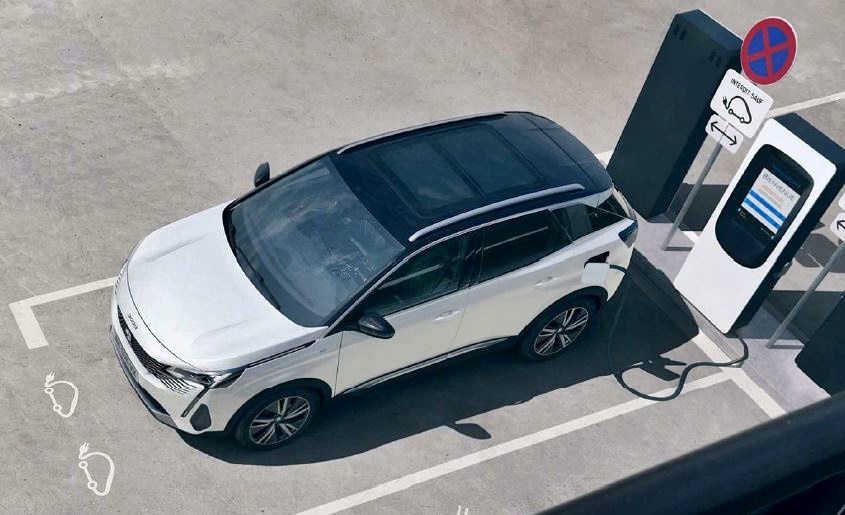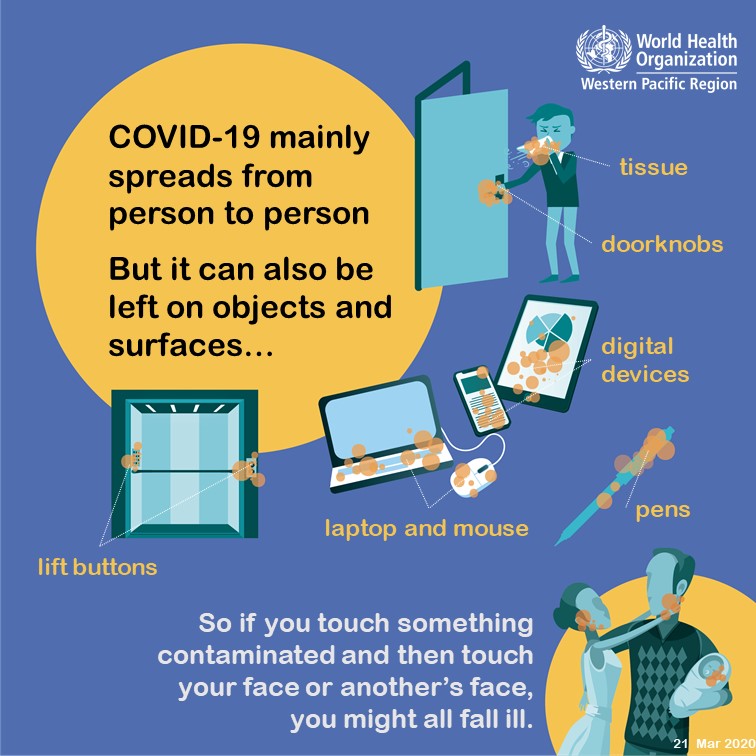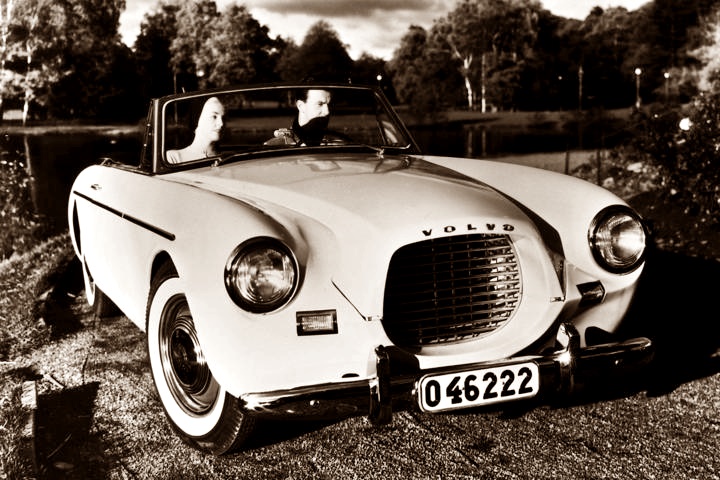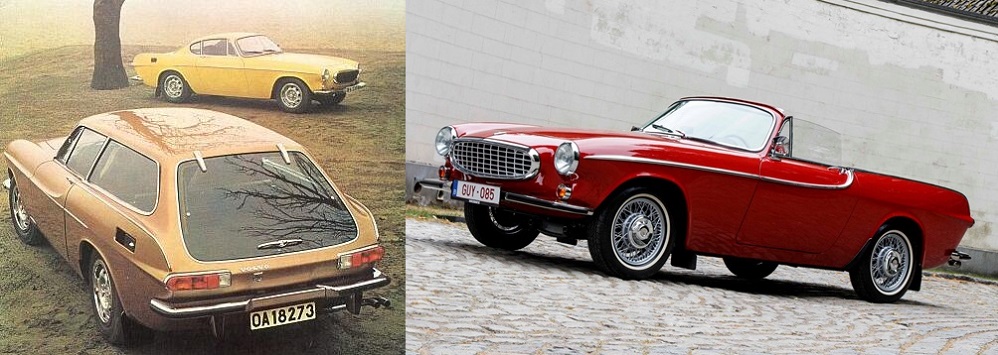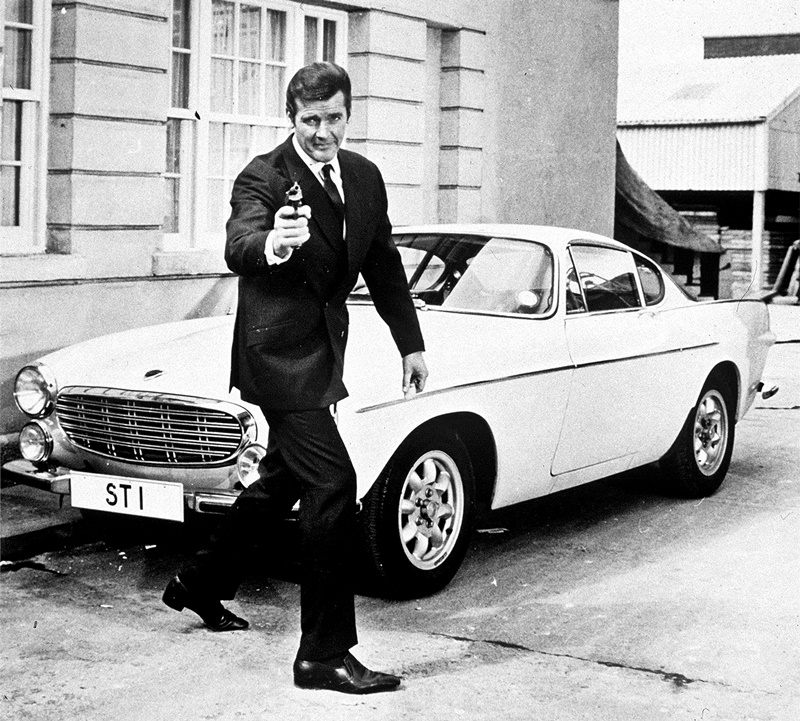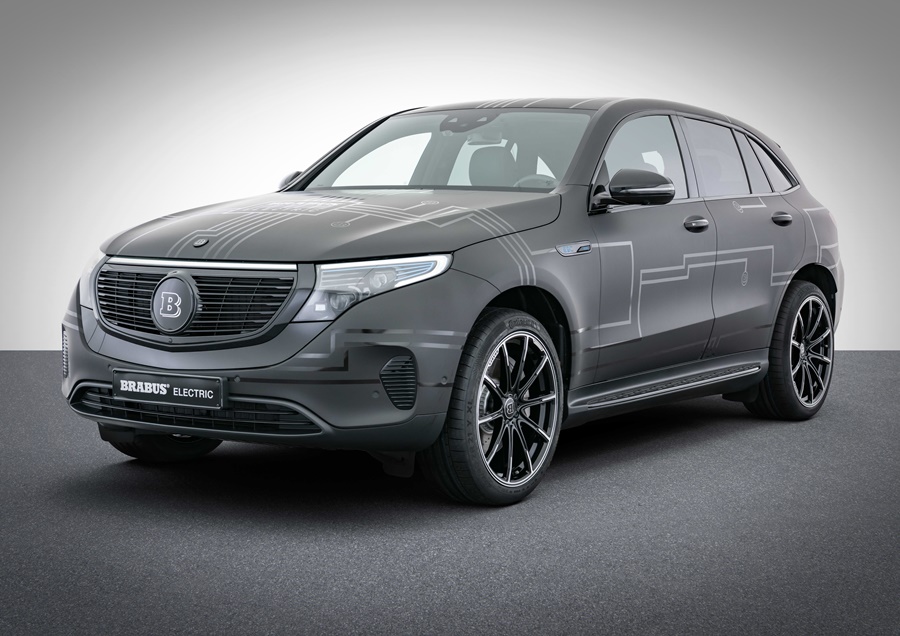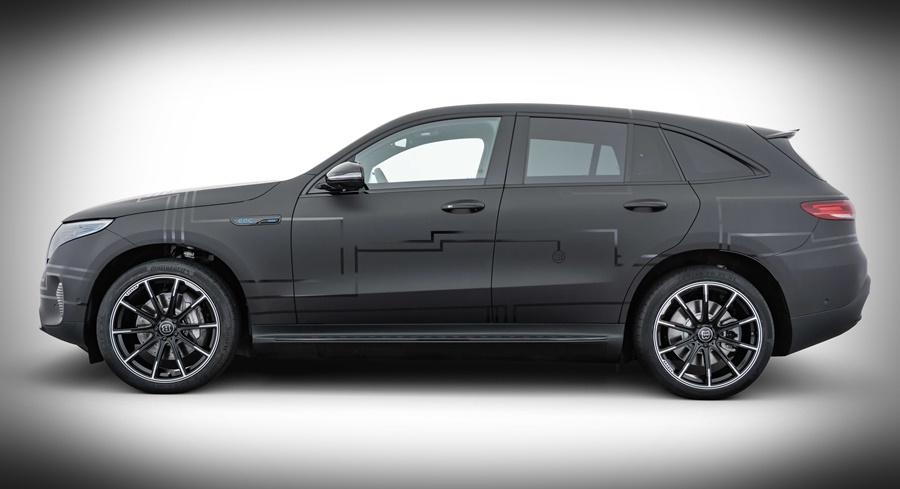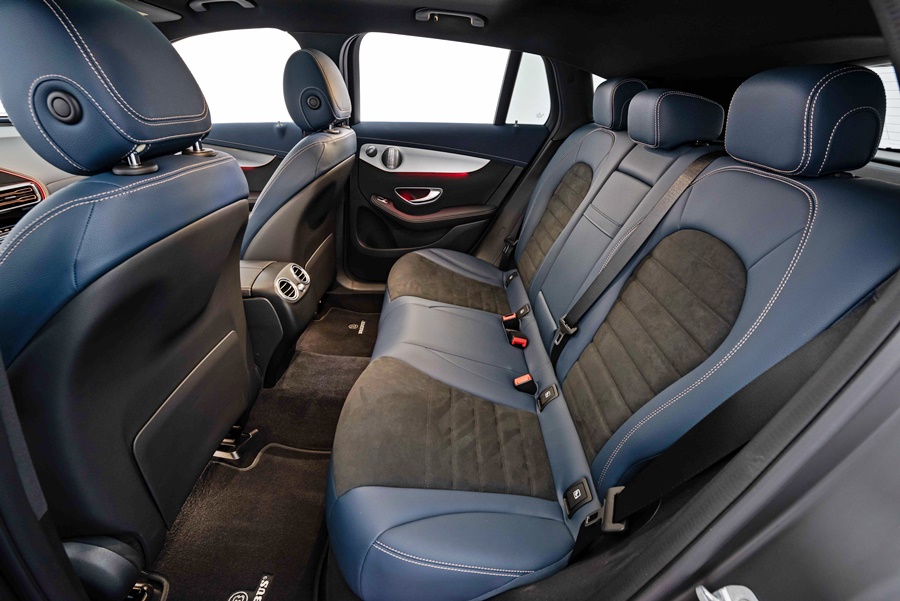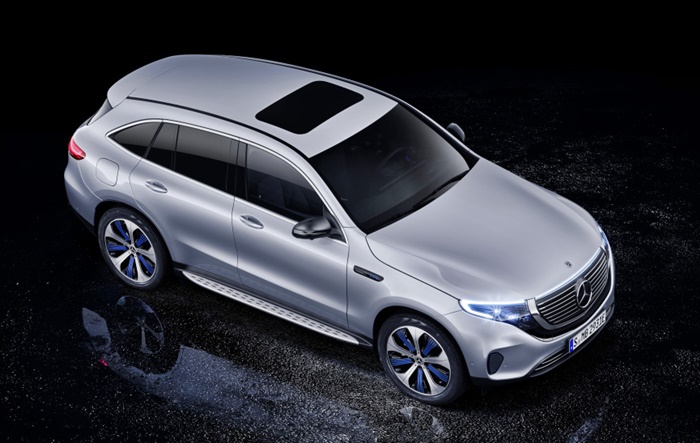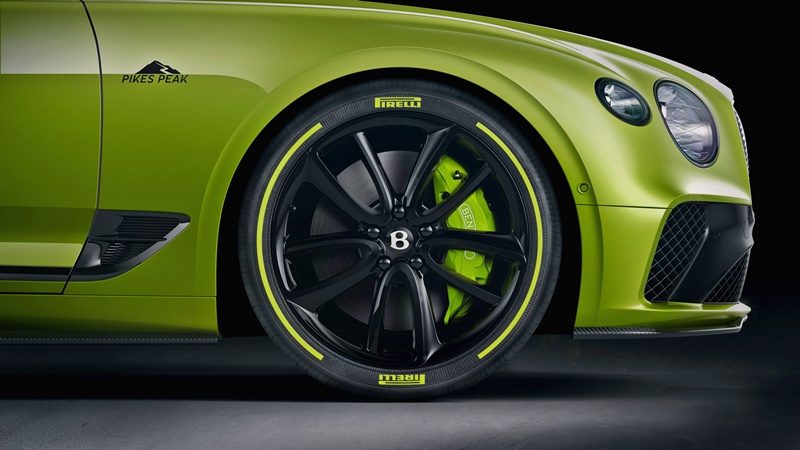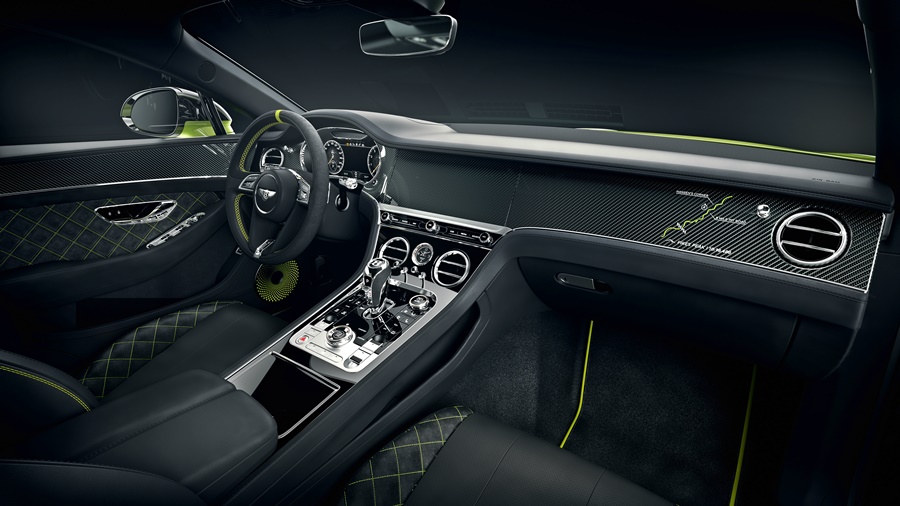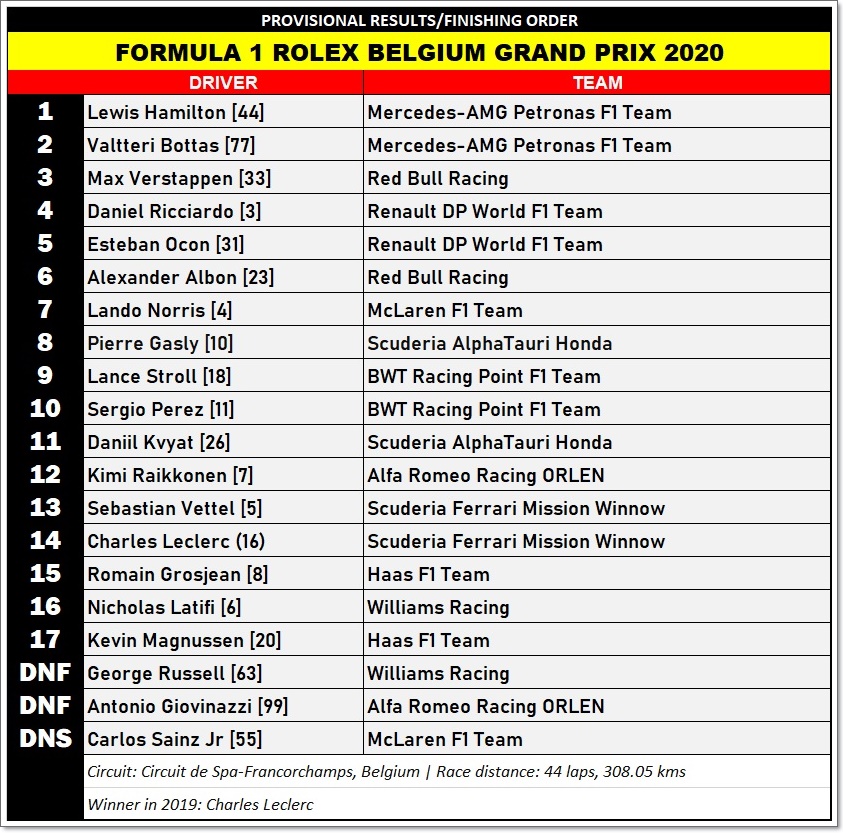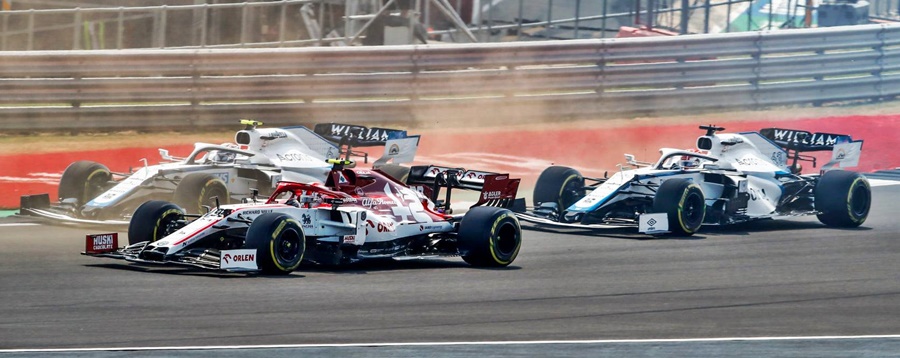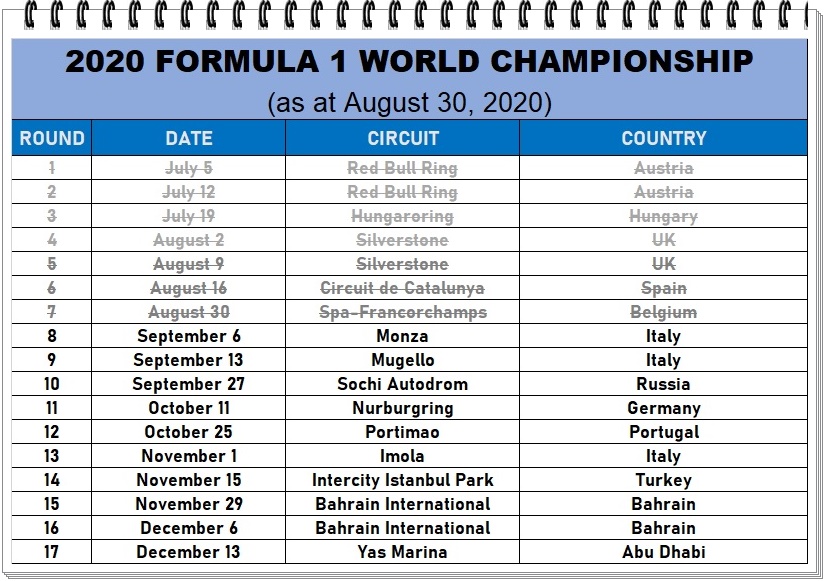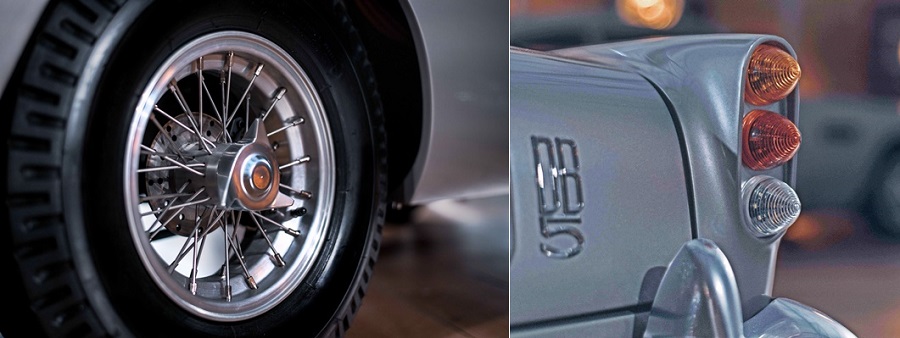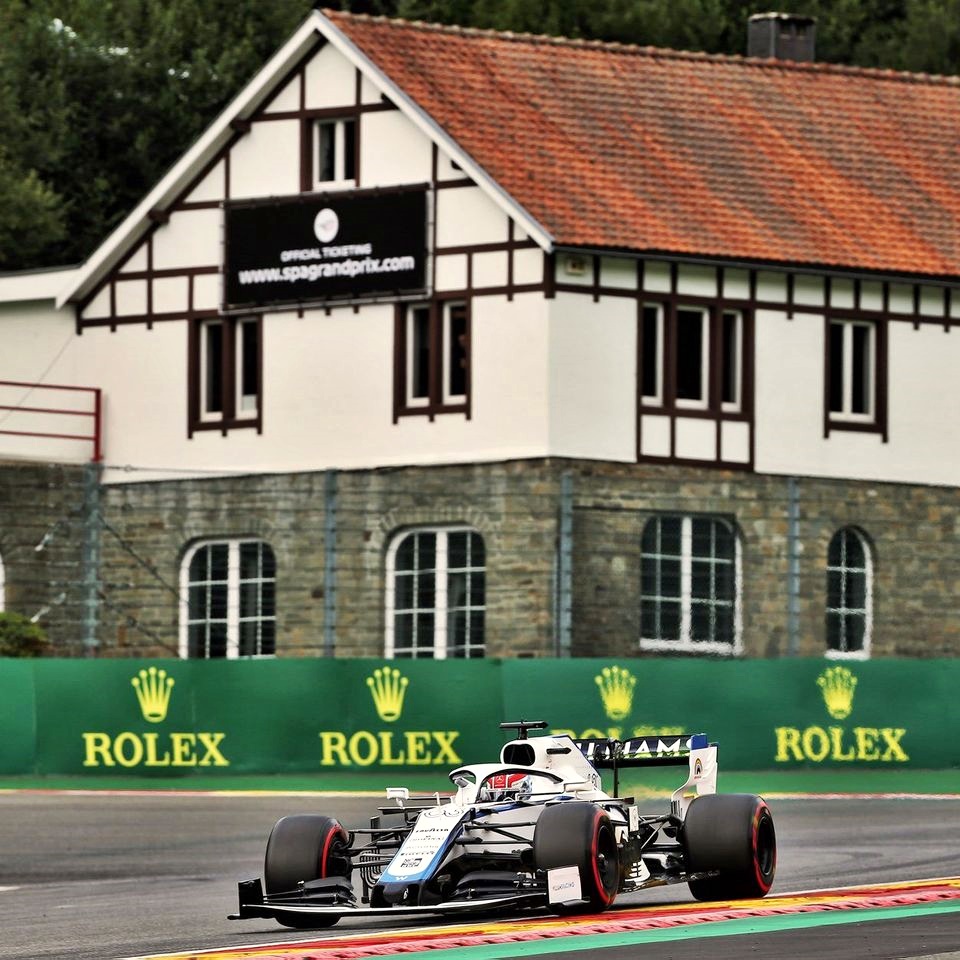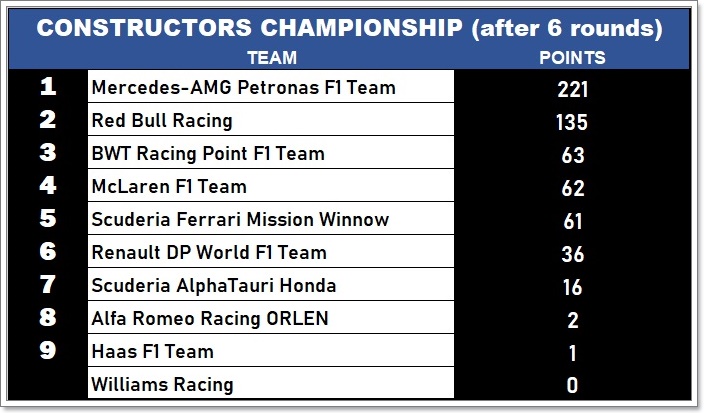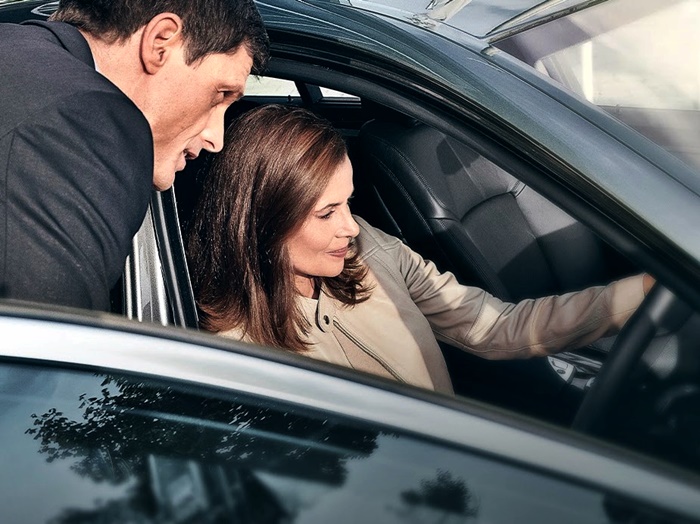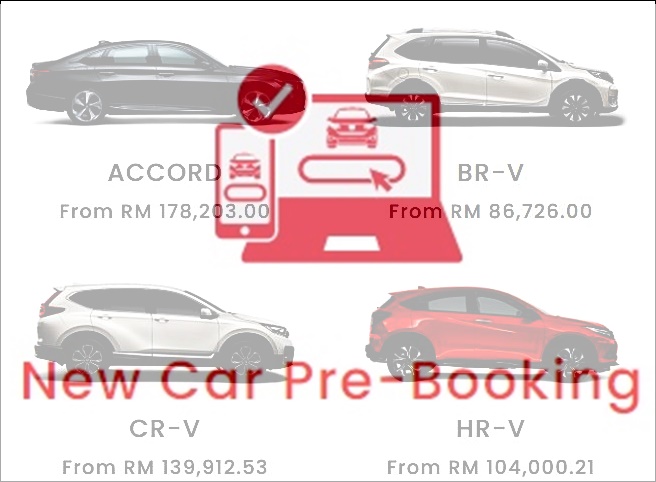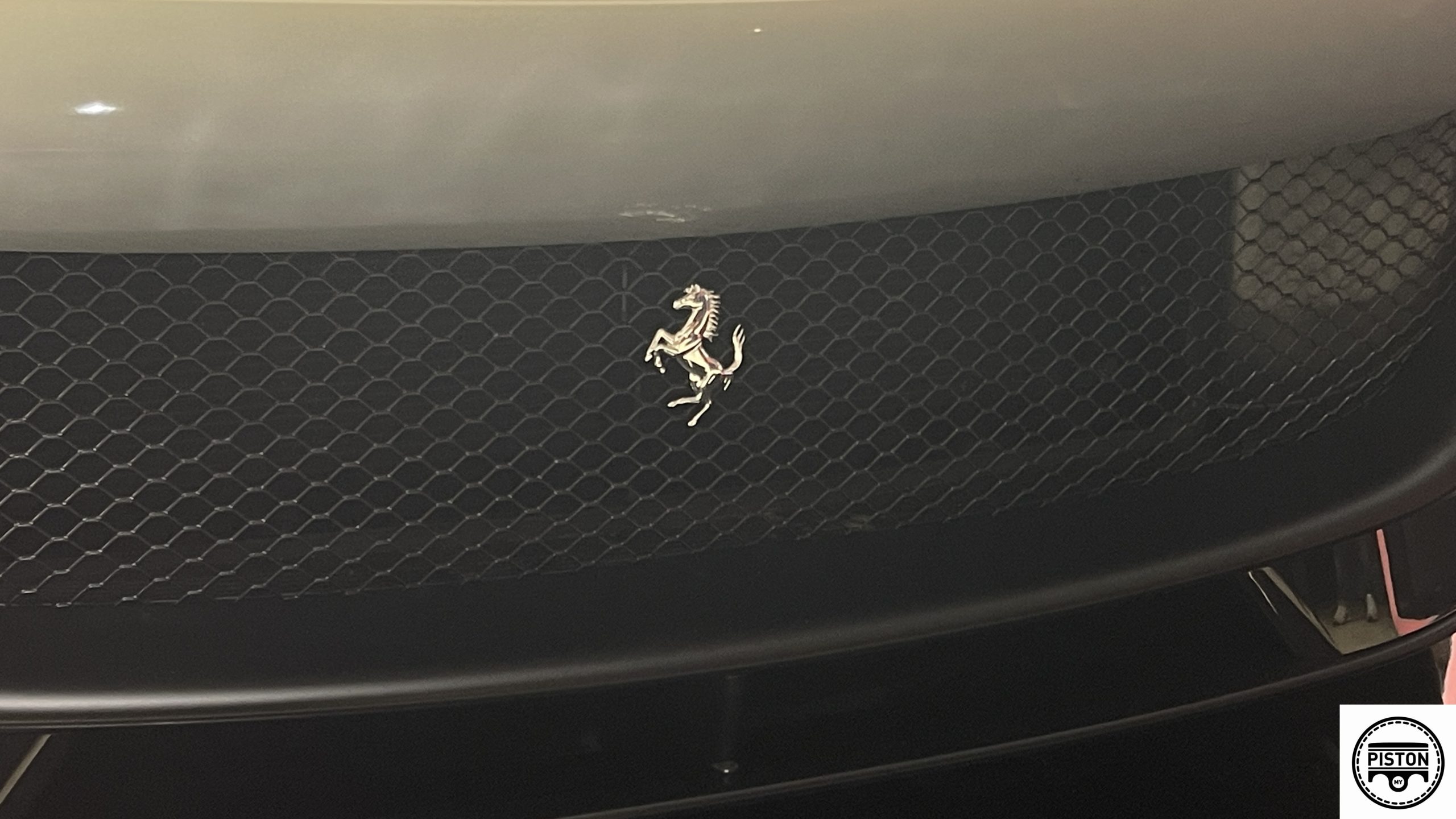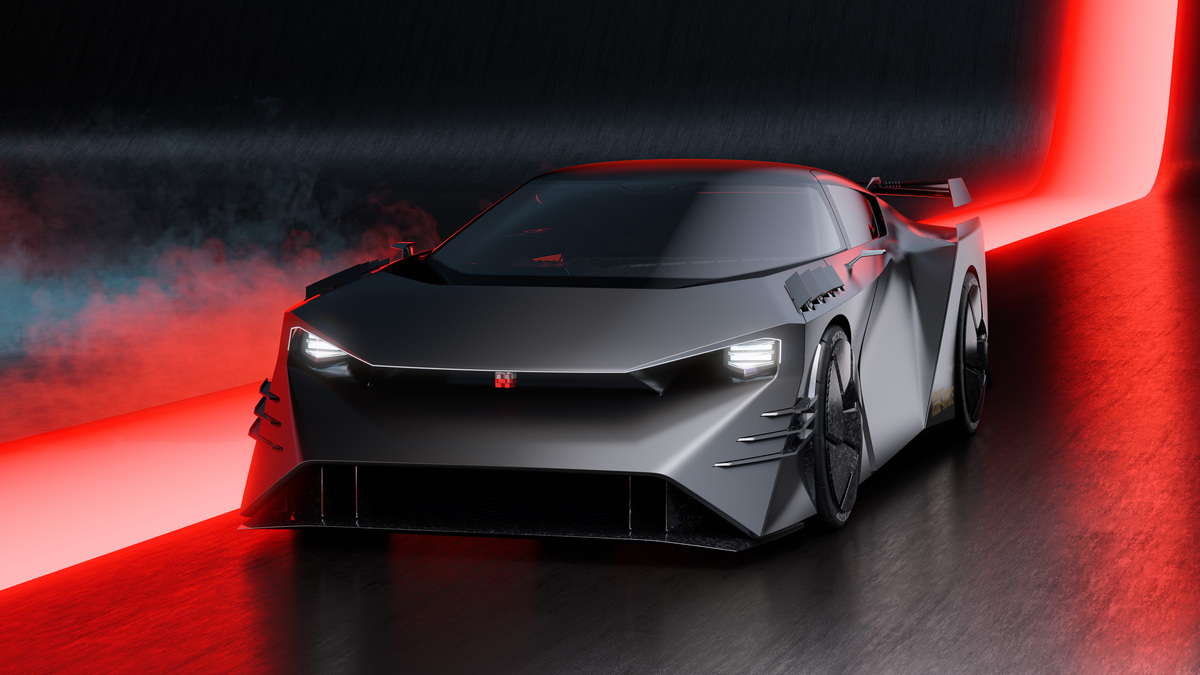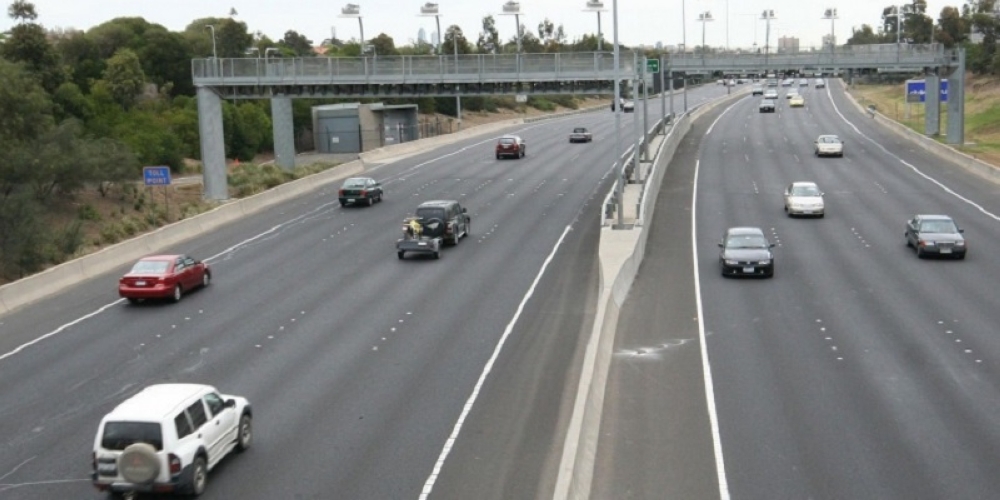Ghost is the sort of name companies would avoid using since a ghost is not what people like to encounter. Yet Rolls-Royce has been able to use it as the name for one of its cars and not only that – it also has names like Phantom and Wraith for other models! Obviously, those who own these cars have no issues with such names or Rolls-Royce would have heard long ago since the first Silver Ghost was sold in the early 1900s.
It is said that the reason for using ‘Ghost’ in the name was in reference to the car being as quiet as a ghost (and perhaps moving as fluidly as well). The silver was probably inspired by the fact that the car was finished in aluminium paint.
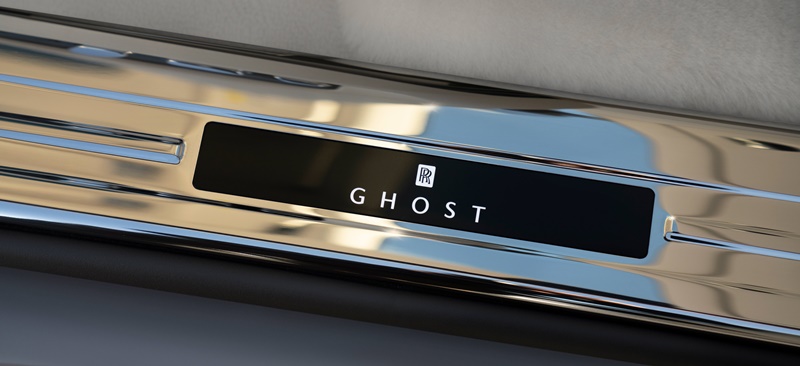
The Silver Ghost was produced between 1906 and 1926 and the model line did not continue after that. Then, in 2009, the modern Ghost was announced, with deliveries starting at the end of that year. It was an entirely new model, placed below the Phantom by size and by price but nonetheless a true Rolls-Royce as well.
That first Ghost appealed to a whole new generation of customers, both in age and attitude. These men and women asked Rolls-Royce for a slightly smaller, less ostentatious model and what the company created proved to be so successful that in its 10-year lifespan, the Ghost has become the most successful models in the marque’s 116-year history.

What today’s customers expect
In the 10 years that have passed, much has changed in the world. Attitudes have evolved and even those who buy Rolls-Royce today are younger than ever before. It is time for a new Ghost but before even starting anything, the potential customers had first to be consulted. Rolls-Royce listened carefully to what they wanted, and their expectations indicated that the new super-luxury limousine would have to be dynamic, serenely comfortable and perfect in its minimalism.
“The result is the most technologically advanced Rolls-Royce yet. It distils the pillars of our brand into a beautiful, minimalist, yet highly complex product that is perfectly in harmony with our Ghost clients’ needs and perfectly in tune with the times,” said Torsten Muller-Otvos, CEO of Rolls-Royce Motor Cars as he introduced the all-new second generation Ghost tonight (afternoon in the UK where the global unveiling took place). Pursuing this minimalist aesthetic for new Ghost was the design team’s absolute objective.
Architecture of Luxury
The base on which the new Ghost sits on is the proprietary aluminium spaceframe known as the ‘Architecture of Luxury’ and it is already used for the Phantom as well as the Cullinan SUV. The spaceframe makes possible an acoustically superior, highly rigid and dynamic proposition for a new car.
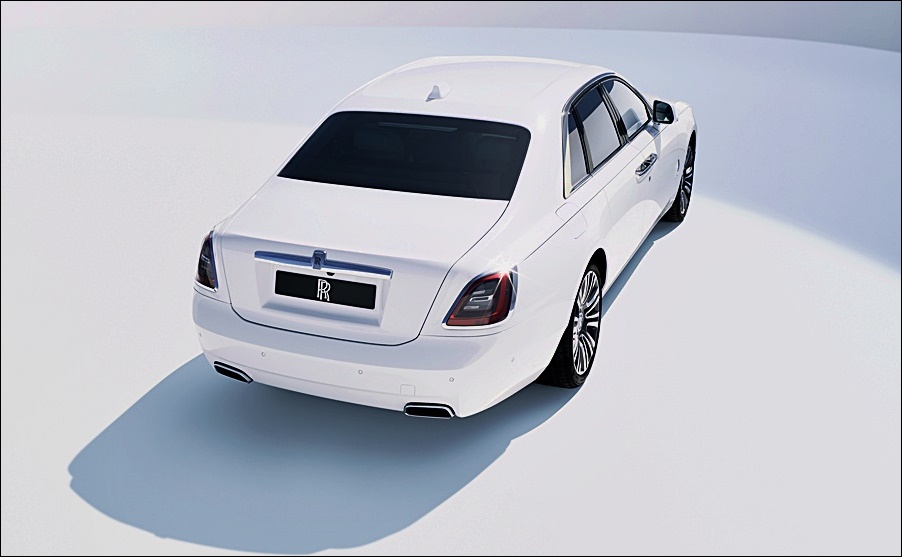
The Rolls-Royce architecture is based around four fixed points, one at each corner of the motor car. The moveable aluminium bulkhead, floor, crossmembers and sill panels were positioned specifically for ride comfort as well as driving dynamics. Two of the cast suspension mounting assembles were pushed to the very front, placing its engine behind the front axle to achieve an optimum 50:50 weight distribution.
These were undertaken to incorporate an all-wheel drivetrain, all-wheel steering and completely redesigned Planar Suspension System, which further enhances the marque’s hallmark Magic Carpet Ride. This was achieved without compromising the car’s low centre of gravity, which aids cornering dynamics.
To accommodate this without intruding on cabin, its overall length is now 5,546 mm, 89 mm more than the first generation Ghost, while overall width has grown by 30 mm to 1,978 mm.
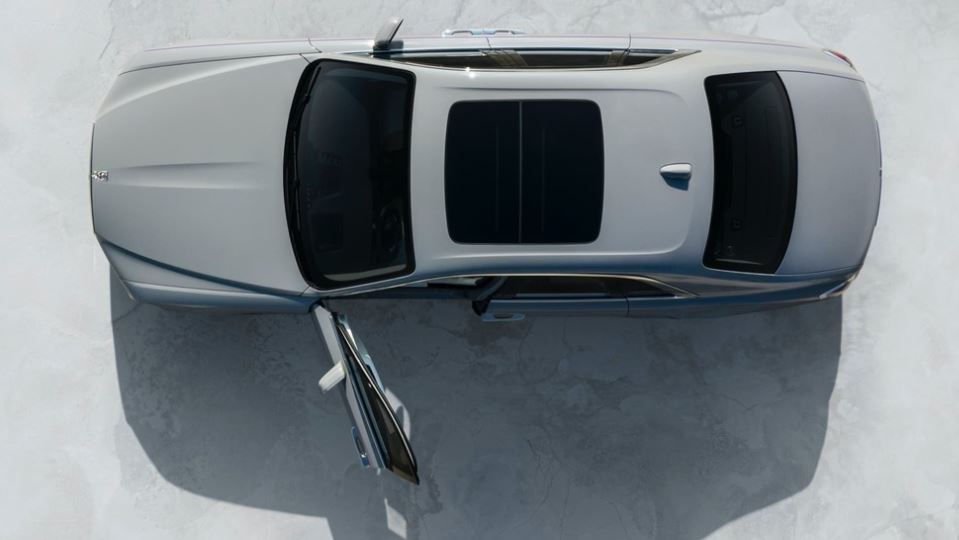
Further capitalizing on the company’s aluminium expertise, the metal superstructure of the new Ghost is 100% made of the material. The car’s outer body is rendered as one clean, expansive piece, flowing seamlessly from the A-pillar, over the roof and backwards to the rear of the car, recalling the seemingly one-piece coachbuilt Silver Dawn and Silver Cloud models.
The 6.75-litre twin-turbocharged V12 petrol engine still lives under the bonnet, able to deliver ‘near-instant torque and near-silent running’. Specific tuning for this model extracts 563 bhp/850 Nm from the engine, with maximum torque available from just 1,600 rpm, or just 600 rpm above idle. To further refine its already remarkable acoustic properties, the air intake system incorporates larger porting.

Planar Suspension System
The hallmark Magic Carpet Ride has evolved and for the new Ghost, the engineers redesigned the suspension completely and call it the Planar Suspension System. Named after a geometric plane, which is completely flat and level, the system is the result of 10 collective years of testing and development to create ‘a sense of flight on land never before achieved by a car’.
Created through physical engineering developments as well as sophisticated scanning and software technology, it incorporates a world-first Upper Wishbone Damper unit above the front suspension assembly, creating an even more stable and effortless ride. This works alongside the Flagbearer system, which uses cameras to read the road ahead and prepare the suspension system for any changes in road surface, as well as the marque’s Satellite Aided Transmission.

The Upper Wishbone Damper alone was the result of 5 collective years of road and bench testing. Only available in a Rolls-Royce, this technology further evolves the double-wishbone Magic Carpet Ride suspension system.
The 5-link rear axle benefits from self-levelling high-volume air suspension technology, as well as rear-wheel steering. Both axles are managed via the Planar software. This also governs other chassis technologies, including the all-wheel drive, all-wheel steering, stability control and self-drying braking systems.
The Planar software also manages information that requires the car to proactively adapt to intrusions in the road ahead. The technology consists of a stereo camera system integrated in the windscreen to see the road ahead, adjusting suspension proactively rather than reactively up to 100 km/h. The second is Rolls-Royce’s Satellite Aided Transmission system, which draws GPS data to pre-select the optimum gear for upcoming corners. The result is unprecedented levels of ride comfort and control for a car, meeting the expectations of customers.
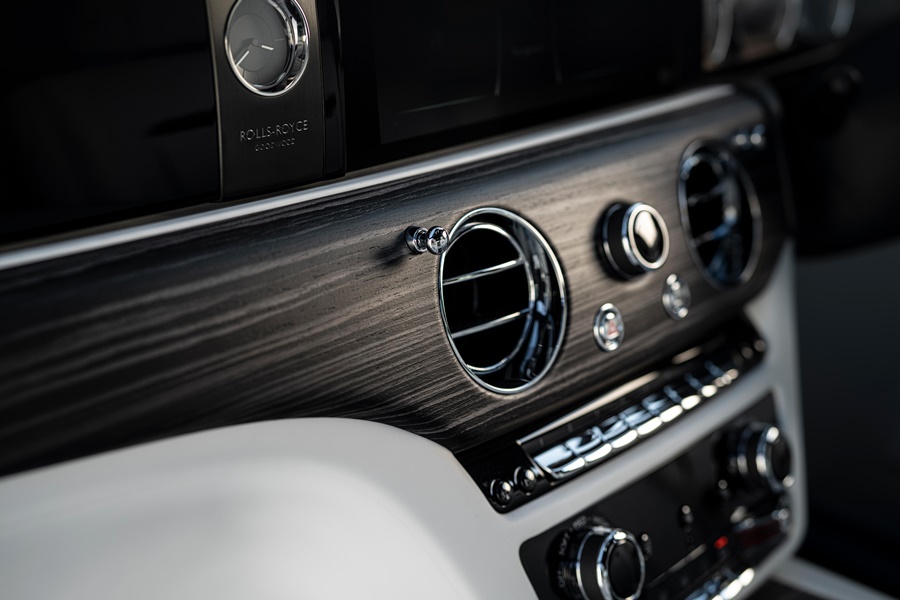
Clean and healthy air
Carmakers have long given to the cleanliness of air in the cabin and today, this is being taken further to also ensure the air is hygienically clean. For the new Ghost, the company has developed a Micro-Environment Purification System said to be capable of removing nearly all ultra-fine particles from the cabin air in less than two minutes.
Although the owner may spend most of the time in the rear seat, the latest technology would still be desired, especially by today’s generation of customers. To this end, the car has been developed to be ‘the most technologically advanced motorcar Rolls-Royce has ever produced’.
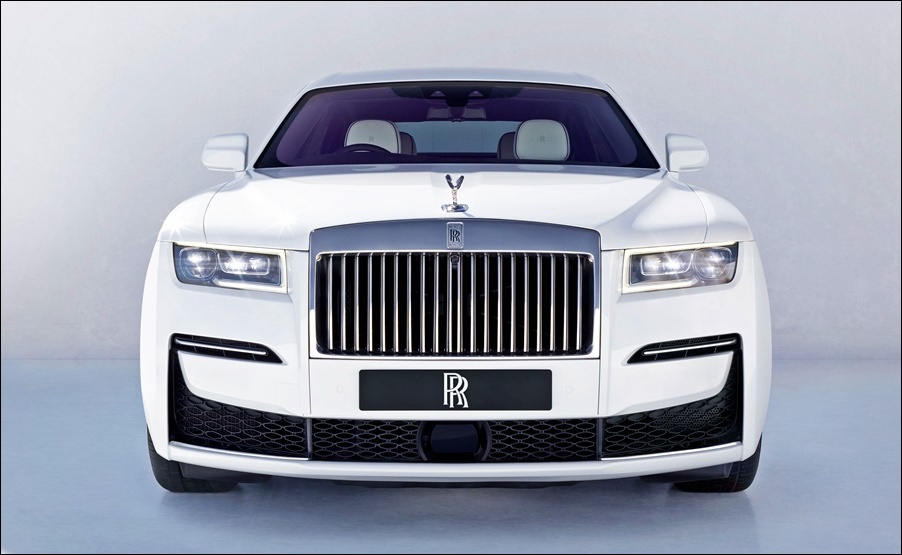
Notable high-tech equipment and features include LED and laser headlights with more than 600 metres of illuminated range; Vision Assist (including day and night-time wildlife and pedestrian warning); Alertness Assistant; a 4-camera system with panoramic view, all-round visibility and helicopter view; Active Cruise Control; an industry-leading 7×3 high-resolution head-up display; wifi hotspot; self-parking; and the very latest navigation and entertainment system.
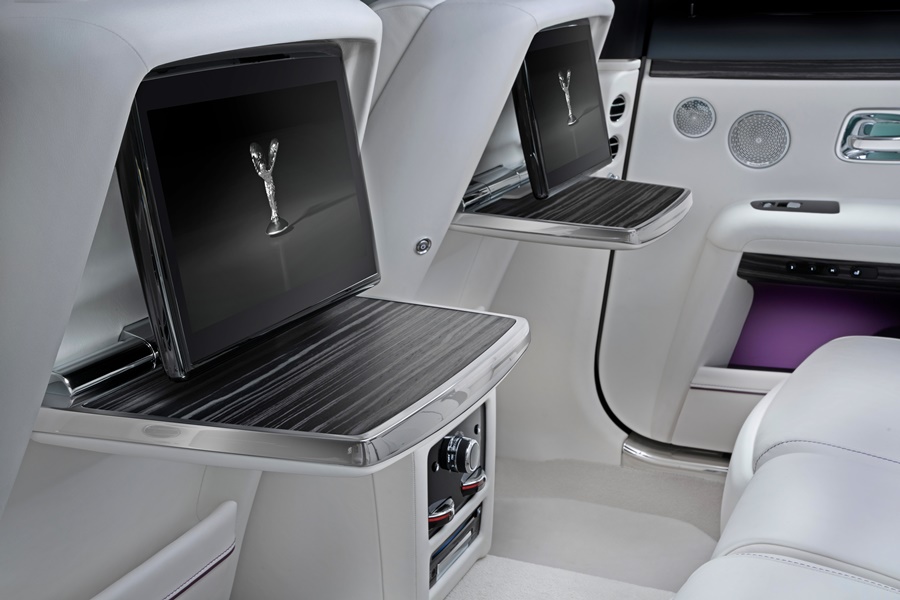
Audio quality engineered into the car
It is likely that most Ghost owners will have preferences of their own but as a standard offering, the sound system has audio quality that is engineered into the very fabric of the car. A resonance chamber is in the body’s sill section, the frequency response of the Bespoke Audio speaker component defining the chamber’s size and shape. In essence, this transforms the car into a sub-woofer.
A powerful amplifier controls 18 channels (one for each speaker), providing a 1300W output. State-of-the-art optimization technology and high-precision magnesium-ceramic compound speaker cones enable infinitesimal changes in sound with an outstanding frequency response.
Rolls-Royce owners have enjoyed self-closing doors since the first Phantom of modern times. Operated by a button on the dashboard and on the C-pillar for cars with rear doors, this is a much appreciated and celebrated convenience. For the new Ghost, it has been developed further and, for the first time, the occupants can now also open the doors with power assistance.

Minimalist interior mirrors exterior
A clear understanding of the changing luxury consumption patterns of customers and a broader view of emerging design movements suggested that the interior aesthetic should pursue the same minimalist principles as the exterior. However, creating an environment defined by reduction, simplicity and elegance is an extremely complex endeavour. It also relies on sourcing the very finest materials, leathers, woods and metals. To this end, each of the 20 half hides used to create the interior suite of new Ghost are subject to the automotive industry’s most exhaustive quality control checks to ensure that each of the 338 panels used – however visible – is of the very best quality.

Wood sets for the new Ghost are available in an open-pore finish, bravely showcasing materials in their naked form. Indeed, two new finishes have been developed specifically for the car. The first is Obsidian Ayous, inspired by the rich versatility of colours found in lava rock. The second is Dark Amber which introduces subtle glamour to the interior suite by integrating veins of fine aluminium particles into the dark wood.
Post-Opulent design treatment
Finally, something about the ethereal glowing Ghost nameplate, surrounded by more than 850 stars. Located on the passenger side of the dashboard, the constellation and wordmark are completely invisible when the interior lights are not in operation. Perfectly attuned to new Ghost’s Post Opulent design treatment, the Bespoke Collective chose not to use simple screen technology to achieve the effect they desired. Instead, they embarked on creating a highly complex and true luxury innovation. The illumination itself comes from 152 LEDs mounted above and beneath the fascia, each meticulously colour matched to the cabin’s clock and instrument dial lighting.

To ensure the Ghost wordmark is lit evenly, a 2 mm-thick light guide is used, featuring more than 90,000 laser-etched dots across the surface. This not only disperses the light evenly but creates a twinkling effect as the eye moves across the fascia, echoing the subtle sparkle of the Starlight Headliner.
As for the price, well, there isn’t one for a Rolls-Royce in the sense that every unit will have some degree of personalisation so the price will vary from customer customers. Production of the new Ghost is underway and the first owners should be getting their car by Christmas this year.

New brand identity for Rolls-Royce, to be used from September 2020





































